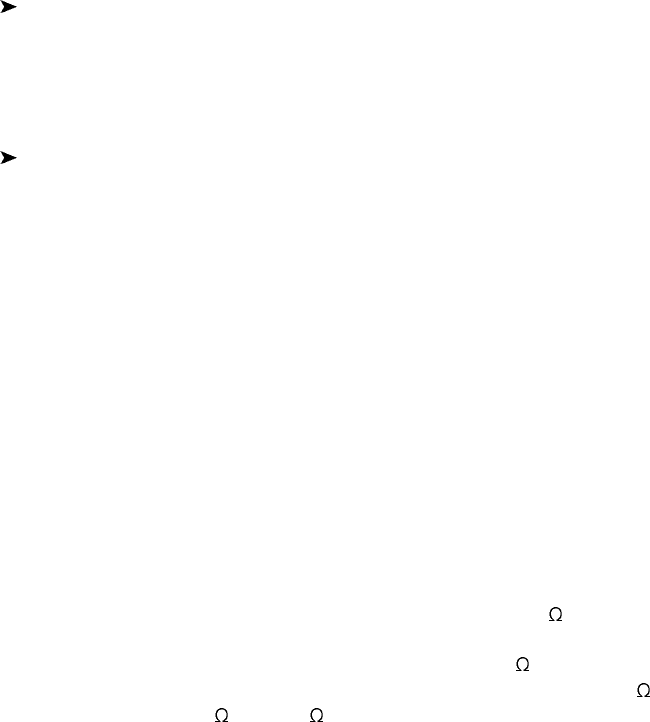
P300H P300 Series Modem Installation and Operating Handbook Page 20
of the most popular modes of the P1348/P1448 voice/data mux card used often in SNG
applications.
An RS232/RS422/RS485 Port for sync/async ESC traffic, this port replaces the shared ESC/Aux
access via the Async ESC connector on the main unit. Used to provide access to the 8kbps
synchronous IDR ESC channel. If the Async ESC feature is available (standard on P300-IBS and
above) then Async access to the 8kbps channel is also available. Again if the Async ESC feature
is available this port also provides the high rate Async ESC on IBS/SMS or Closed Net Plus ESC
services
An RS232/RS422 port for sync/async Aux traffic, this port replaces the shared ESC/Aux access
via the Async ESC connector on the main unit.. The Aux port provides 32 or 64kbps access to the
IDR overhead in place of one or both of the IDR 32kbps ADPCM Audio ESC channels. If the
IBS/SMS feature is available then this port may be configured to provide either the IBS `low rate
INTELSAT oversampled ESC facility`, or a higher rate synchronous channel within the IBS/SMS
overhead.
Pinout details are provided in Appendix B.
Terrestrial Interface Connectors
The P300 provides as standard both 25 pin EIA530 and 37 pin RS449 female DCE connectors. NOTE that
these are simply wired in parallel and you should not connect both simultaneously. The electrical interface
is front panel selectable to be RS422, V.35, and RS232. Normally for RS232 operation the EIA530
connector would be used (which is standard 25 pin RS232 compatible) and for RS422 the 37 pin RS449
connector. The old style 34 pin `Winchester` connector favoured for V.35 interfaces has poor EMC
performance and so could not be incorporated whilst maintaining CE compliance. If this style of connector
is required then an external adaptor cable must be used.
If the G.703 option is fitted, then in addition to RS422/V.35/RS232, G.703 is also available as a software
selectable interface standard. T1 (1544kbps) G.703 is a balanced 100
signal, and is provided on both `D`
type connectors when G.703 is selected from the front panel. When the E1 (2048kbps) G.703 option is
fitted then in addition to providing support for the balanced 120
signal on both `D` type connectors an
additional pair of BNC connectors are provided to accept the unbalanced 75
interface standard. THE
SELECTION BETWEEN 75
and 120 IS MADE BY A SWITCH ON THE E1 G.703 OPTION not by
software. As with the 25/37 pin connectors, do not connect signals to both the BNC and `D` type connectors
simultaneously.
In addition a switch on both the T1 and E1 G.703 options controls what happens to the G.703 port when
power is removed. Either the G.703 ports can be set to go high impedance (used in 1:1 redundancy
operation) or it can be configured to loop the G.703 input back to the output (typically used when
Drop/Insert is in operation and the same PCM bearer is cascaded through several modems). Again (as it
affects what happens when power is removed) this is SET BY A SWITCH ON THE CARD not by software.
Finally, for special customer requirements it is possible to fit a different interfaces to this port. Note that
UNLIKE PREVIOUS PRODUCTS the interface does NOT simply unplug. Instead it is constructed as part
of the main modem, and requires `snapping off` and a connector to be soldered in place before a
replacement card can be fitted.
Standby LED
This LED mirrors the front panel standby LED, so that from the rear of the equipment the operator can tell
if the carrier is off, or more importantly which unit of a 1:1 pair is the offline unit.


















